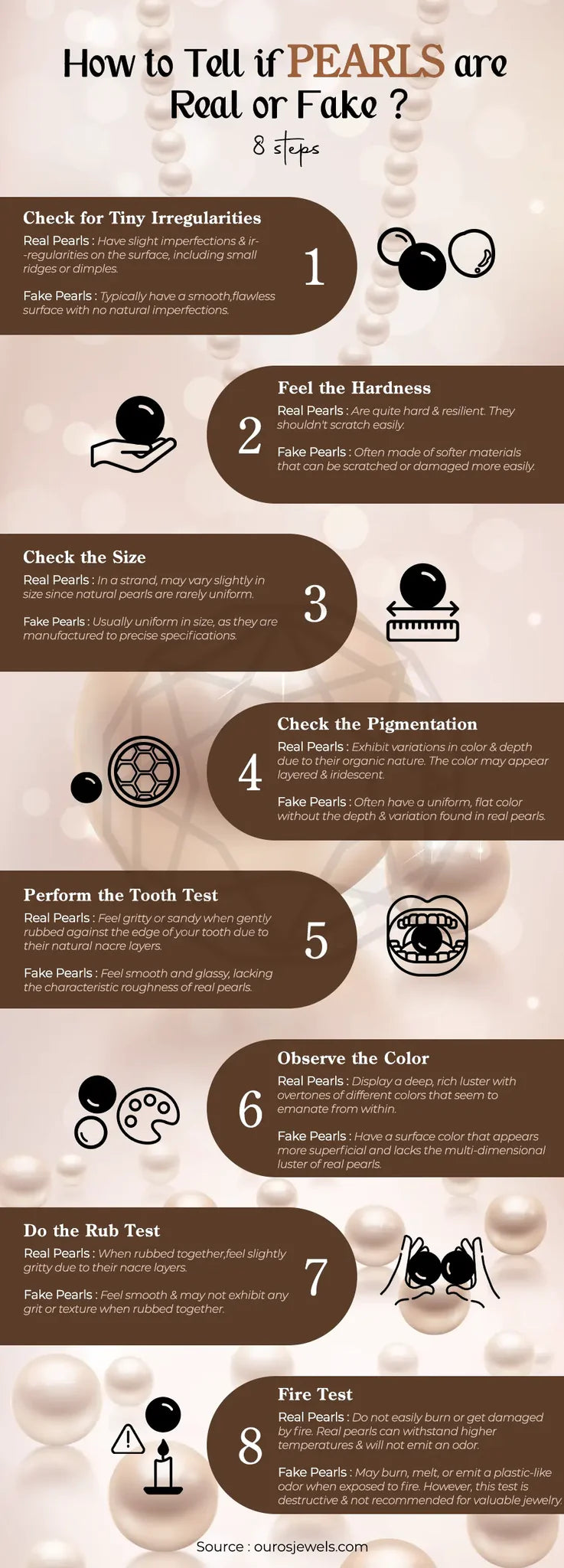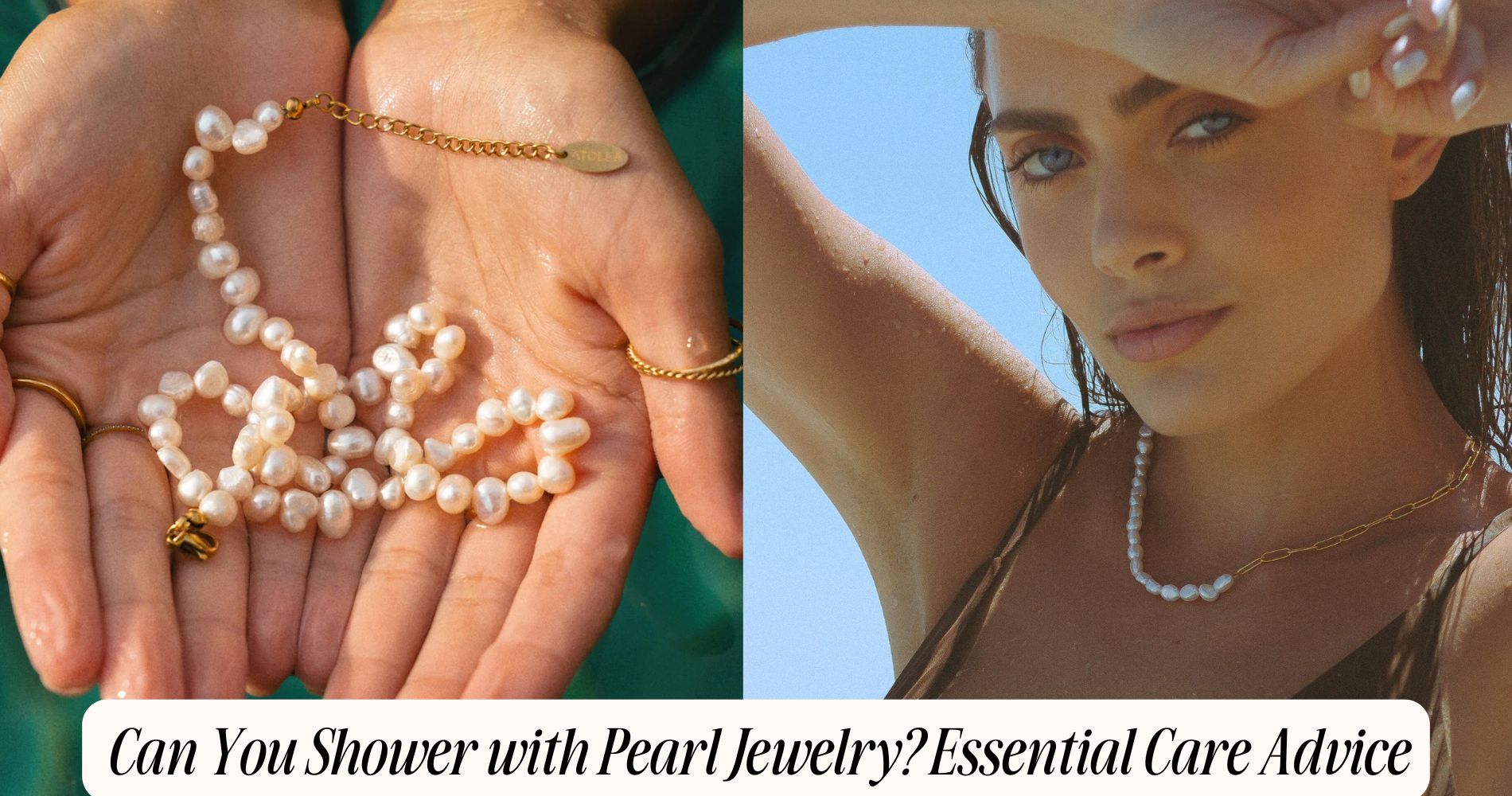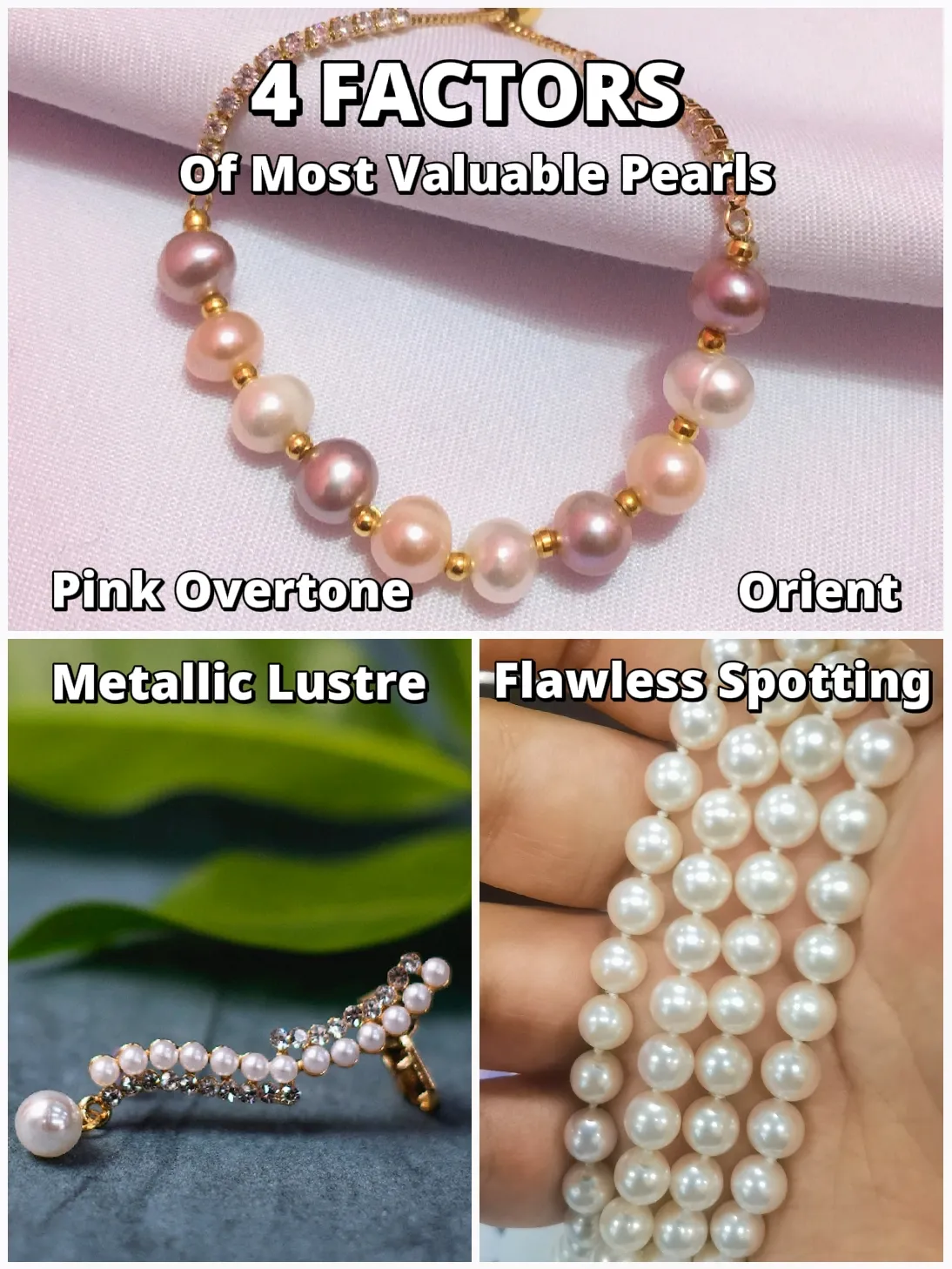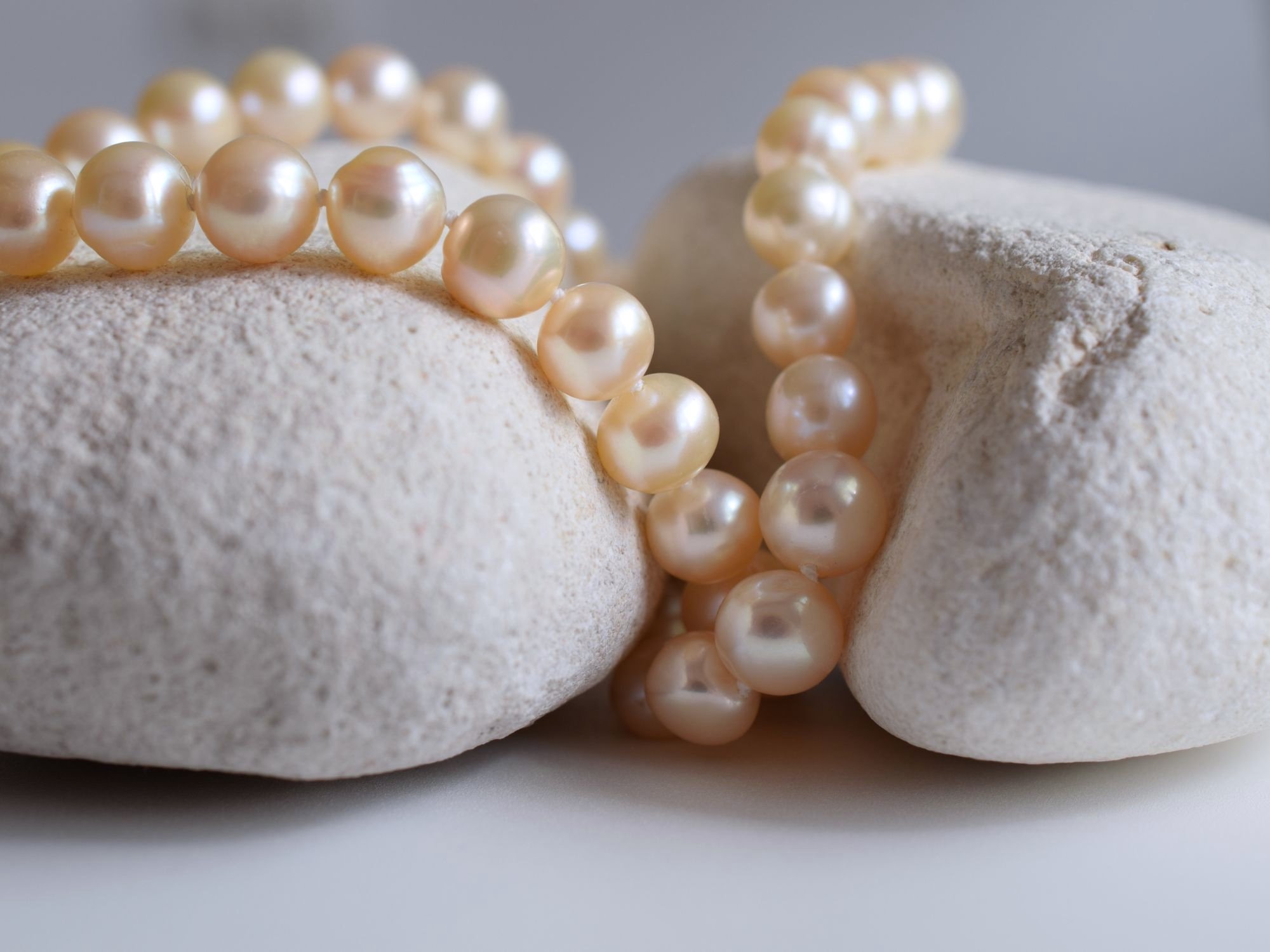Elevate your understanding of the hardness of pearl, a key factor in selecting fine jewelry. This article explores how pearl durability affects wearability, maintenance, and long-term enjoyment, helping you make informed choices for your collection.
Understanding the Hardness and Durability of Pearls
When considering pearls for jewelry, it is essential to grasp their hardness and durability. Understanding how they fit within the context of other gemstones can enhance your appreciation and provide insight into their care and maintenance. This section will delve into the hardness of pearls, the pearl hardness scale, and how these factors influence their overall durability.

The Pearl Hardness Scale Explained
The pearl hardness scale is an important guideline for assessing the strength of pearls compared to other gemstones. Pearls generally rank between 2.5 to 4.5 on the Mohs scale, indicating that they are relatively softer than many popular gemstones, including sapphires and rubies, which can reach up to 9. This ranking implies that while pearls have some toughness, they require special care to prevent scratching and damage.
Due to their position on this scale, it’s crucial to recognize that how hard pearls are should influence your handling and storage practices. They are more prone to scratches and can be damaged by abrasive surfaces or rough handling, emphasizing the need for specific care protocols when interacting with them.
Evaluating Pearl Gemstone Durability
The pearl gemstone durability is not solely determined by their ranking on the hardness scale. It also encompasses factors such as internal structure and external coatings. Natural pearls, with their layered nacre, are relatively durable; however, these layers are also what make them susceptible to wear over time.
In comparison to other jewels that may boast higher hardness ratings, pearls demand more careful treatment. Understanding that pearls may not endure as well under heavy wear is essential for jewelry lovers aiming to preserve their beauty. This means approaching everyday wear with caution to maintain their pristine condition.
Essential Care Tips for Pearl Jewelry
Caring for pearl jewelry is crucial to maintain its elegance and beauty. Proper care can significantly extend the lifespan of pearls, safeguarding their appeal and preventing damage. This section covers practical tips for pearl care and maintenance that every owner should know.
Routine Cleaning and Storage Solutions
To maintain the beauty of your pearls, regular cleaning is necessary. Use a soft, lint-free cloth to gently wipe away dirt and oils after each wearing. Avoid using the same cloth on other gemstones, as this can lead to scratches.

Storage is equally important for pearl longevity. Store your pearls separately, preferably in a soft pouch or lined jewelry box to prevent them from coming into contact with other items. Additionally, keep them away from direct sunlight and heat sources, which can compromise their quality over time.
Protecting Pearls from External Dangers
Pearls are sensitive and can be damaged by chemicals found in perfumes, lotions, and cleaning products. As a rule of thumb, always put on your pearl jewelry after applying these products to minimize exposure.
It’s also wise to avoid wearing pearls while swimming, showering, or engaging in strenuous physical activity. The chlorinated water in pools and the saltwater of oceans can lead to deterioration, affecting their charm and value. Following these tips will enhance pearl scratching resistance and overall jewelry toughness.
Deciphering the Toughness of Pearl Jewelry
Understanding the toughness of pearl jewelry is key for both collectors and wearers exploring how to incorporate these gems into their collections. Pearls possess unique characteristics that differentially influence their resilience, particularly in everyday wear.

Comparing Pearls vs Diamonds in Toughness
When you weigh pearls vs diamonds hardness, it’s clear that diamonds far surpass pearls in both hardness and durability, ranking a full 10 on the Mohs scale. While pearls are admired for their beauty and uniqueness, they should be treated with greater caution due to their softer nature.
Despite their lower hardness, pearls have their own advantages in jewelry design. They offer a distinct aesthetic that can convey elegance, grace, and sophistication. However, if you desire a piece that withstands rough everyday wear, you might opt for gemstones with higher toughness levels instead.
Assessing Pearl Jewelry Toughness in Daily Wear
The pearl jewelry toughness is affected by both environmental factors and how the piece is worn. Comfort items, like necklaces, are often more exposed to wear and tear than earrings or bracelets, which may be moved less frequently.
Being aware of this can shape decisions regarding which types of pearl jewelry to invest in, particularly if you are prone to an active lifestyle. Understanding that pearls are soft or hard—yielding towards the softer end—certainly informs how often you may wish to wear them amidst an active daily routine.
Factors Influencing Pearl Scratching Resistance
The scratching resistance of pearls plays a significant role in their longevity and appearance. Assessing the factors that influence how pearls can withstand various conditions will guide you toward making informed decisions in jewelry care.

The Role of Nacre in Pearl Protection
The nacre, or mother-of-pearl, plays a considerable part in the hardness of natural pearls. This layered structure can protect pearls to some extent, but it is also a factor in their susceptibility to scratches. Nacre itself is somewhat resilient, yet it can wear down, especially if pearls are exposed to rough surfaces frequently.
To enhance scratching resistance, consider layering pearl jewelry with protective cases or cloths while storing. This strategy significantly diminishes the risk of unintentional marks caused by interactions with other jewelry or abrasive materials.
Environmental Considerations for Maintaining Pearls
Environmental factors, such as humidity and temperature, can also affect the hardness of pearls indirectly. High humidity maintains the natural moisture content in the nacre, which is crucial for preserving its integrity. In contrast, extremely dry conditions can cause the pearls to become brittle, increasing the likelihood of scratches and damage.
Therefore, placing pearls in controlled environments away from extreme conditions helps maintain their delicate balance. Educating yourself on these environmental requirements can be just as vital as routine cleaning and handling tips for your pearls’ scratching resistance and overall health.
Achieving a comprehensive understanding of the hardness of pearl enriches your knowledge about these exquisite gemstones and their suitability for various types of jewelry. This information empowers you to make informed choices in selecting and caring for pearl jewelry with confidence.
